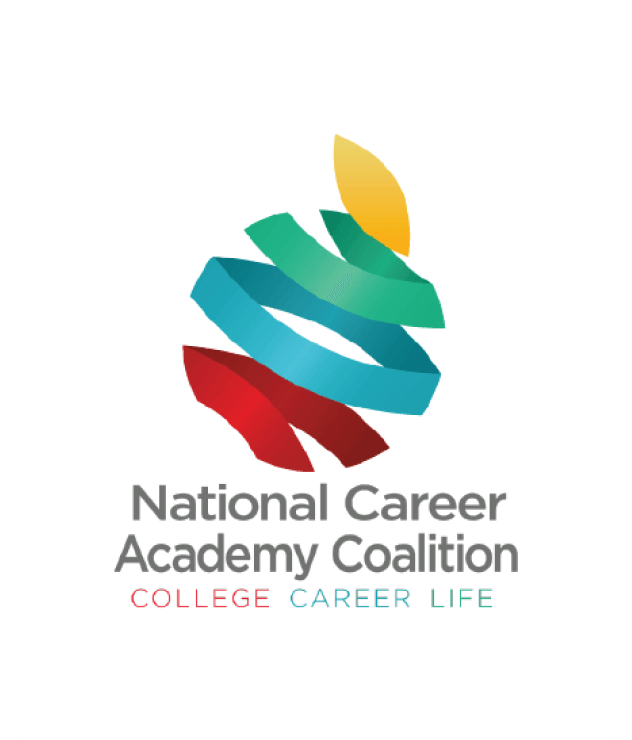From its inception in 1996, NCAC’s mission has been to provide collaborative support and resources for existing and emerging career academies.
It is our belief that the success of academy students is due to the network of support that they receive from teachers, mentors, and business people that help them set long term goals and stay on a clear path. By joining NCAC you will be connected to experts and practitioners that share your passion for changing the lives of young people.
As the keeper of the National Standards of Practice, NCAC’s mission is to ADVISE organizations across the country in order to create and support a national network of existing and emerging career academies. NCAC offers direct access to academy experts and advice on all things Career Academy.
Our members access world class professional development, action and strategic planning guides, career academy research and data, and much more.
The NCAC convenes major players in the Career Academy world. We advocate for Career Academies from the district level to the White House and place papers and articles in the National Media.

Get a jump start in evaluating your current standing and potential areas for improvement.